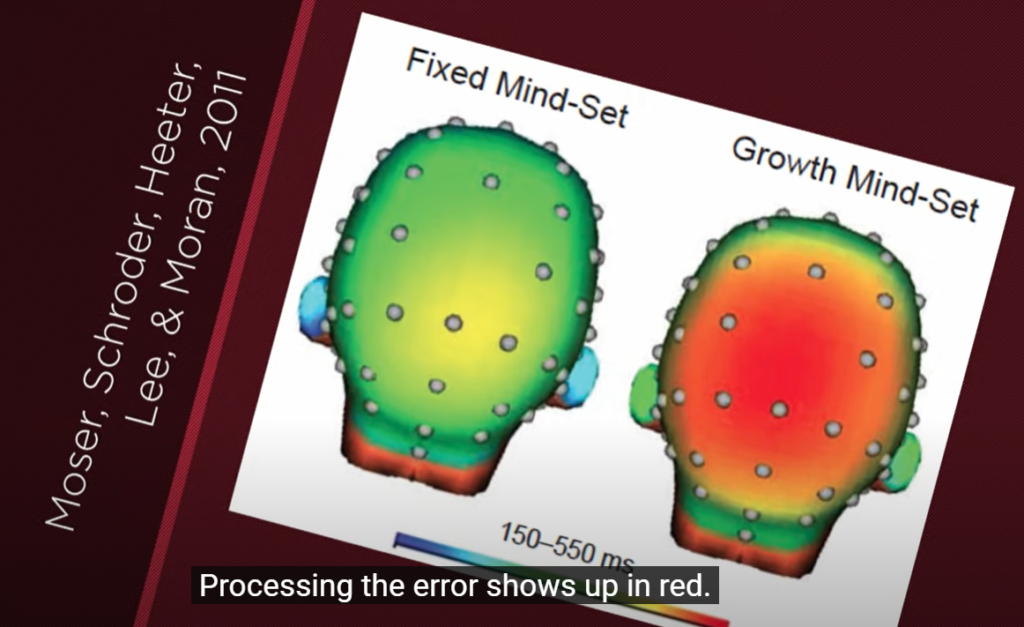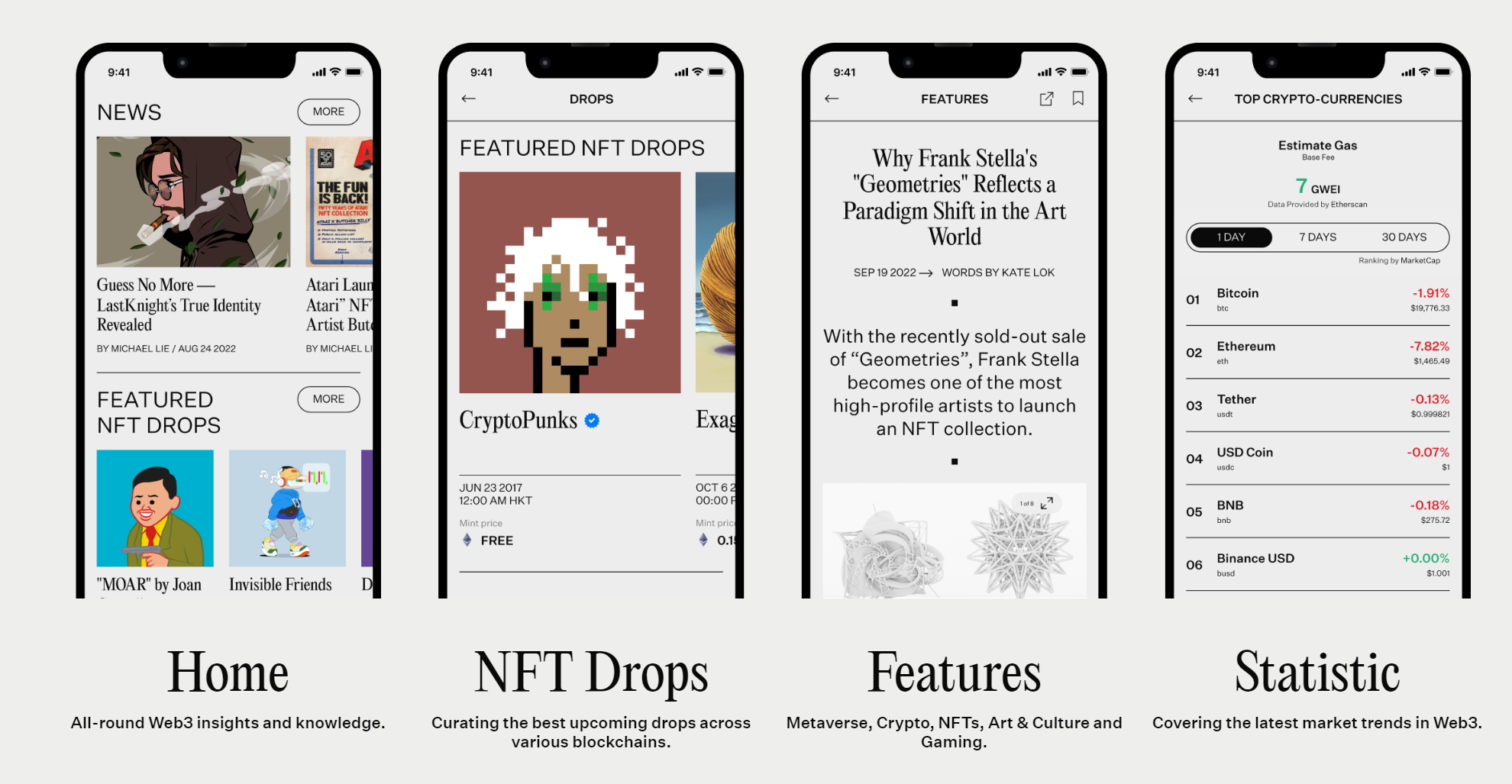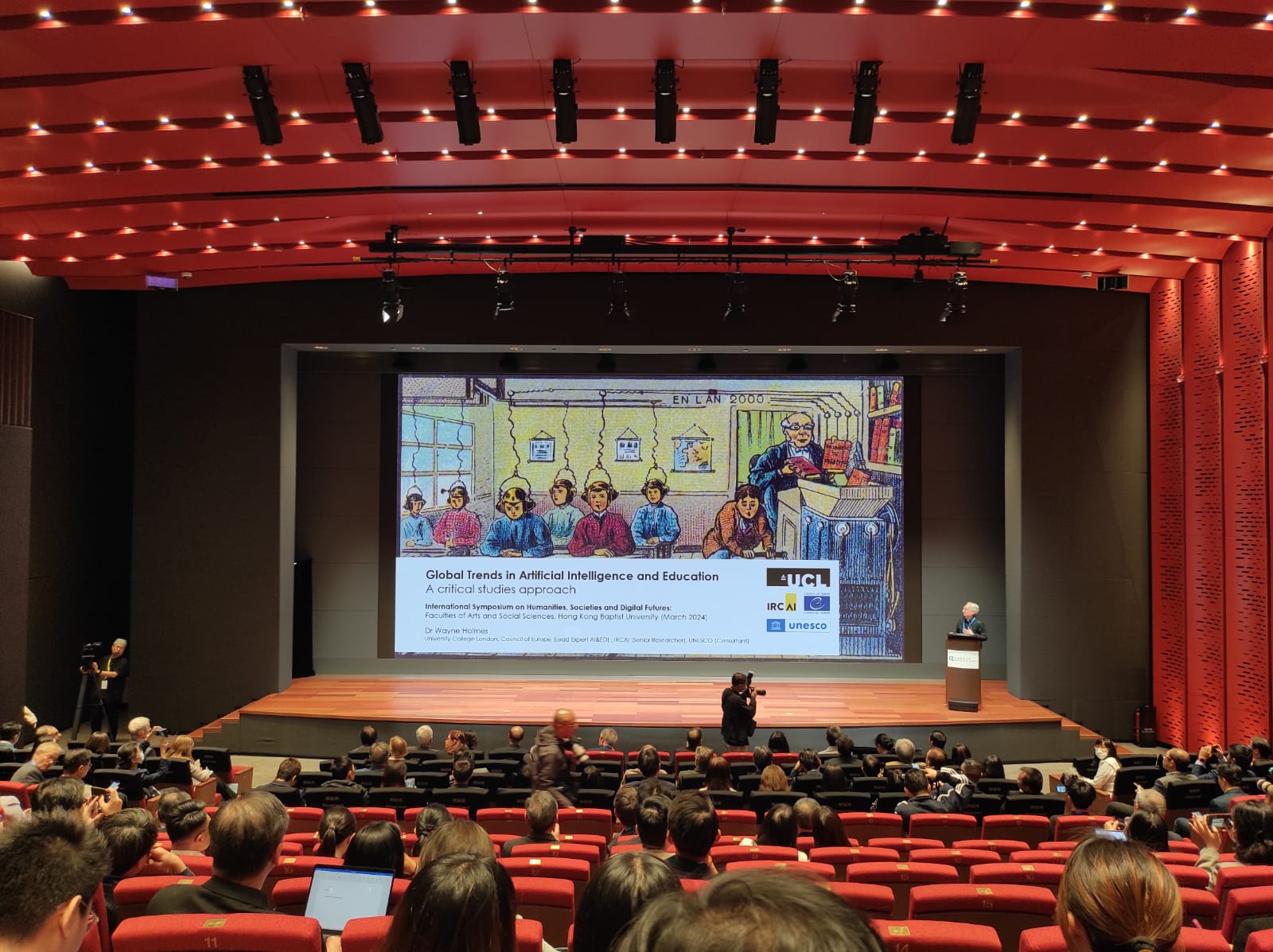Cultivating a Growth Mindset: A Powerful Strategy for Leadership Success
10-second read : Adopting a growth mindset in leadership enables continuous learning, fosters innovation, and empowers individuals and teams to reach their full potential. By embracing learning, encouraging stretch goals, providing feedback and support, promoting collaboration, and leading by example, leaders create a culture of growth that drives personal and organizational success.

In today’s rapidly evolving world, effective leadership requires more than just traditional skills and expertise. It demands a mindset that embraces change, fosters continuous learning, and unlocks the full potential of individuals and teams. One such mindset is the “growth mindset,” pioneered by psychologist Carol Dweck who is a professor at Standard University. In this blog post, we will explore Professor Dweck’s growth mindset concept and delve into how leaders can adopt a growth mindset strategy to drive personal and organizational growth.
Understanding the Growth Mindset:
Prof. Dweck defines a growth mindset as the belief that abilities and intelligence can be cultivated through dedication, effort, and a willingness to learn from failure. In contrast, individuals with a fixed mindset believe that their talents and abilities are innate and unchangeable. The growth mindset, with its focus on continuous improvement, resilience, and embracing challenges, has been proven to enhance performance, motivation, and well-being.
Applying the Growth Mindset to Leadership:
By adopting a growth mindset strategy, leaders can foster a culture of learning, innovation, and high performance within their organizations. Here are some key ways leaders can integrate the principles of the growth mindset into their leadership approach:
- Embrace a Learning Orientation:
Leaders with a growth mindset prioritize learning and development, not only for themselves but also for their teams. They encourage curiosity, experimentation, and risk-taking, creating an environment where mistakes are viewed as opportunities for growth rather than as failures. By promoting a learning orientation, leaders inspire their teams to continually improve and adapt to new challenges. - Encourage Stretch Goals:
A growth mindset leader sets ambitious yet attainable goals that push individuals beyond their comfort zones. These stretch goals help team members develop new skills, expand their capabilities, and overcome self-imposed limitations. By encouraging employees to reach for higher levels of achievement, leaders foster a sense of empowerment and motivate their teams to continually strive for excellence. - Provide Continuous Feedback and Support:
Leaders with a growth mindset understand the power of feedback in fostering growth and improvement. They offer constructive feedback that focuses on effort, progress, and specific actions, rather than fixed judgments about individual capabilities. Moreover, they provide support and guidance to help individuals develop new skills and overcome challenges. This approach creates a safe and nurturing environment where individuals feel empowered to take risks and learn from their experiences. - Foster Collaboration and Mentorship:
A growth mindset leader values collaboration and recognizes the importance of collective intelligence. They foster a culture of mentorship and peer learning, where team members can share knowledge, insights, and experiences. By encouraging collaboration, leaders leverage the diverse strengths and perspectives of their team members, promoting continuous learning and innovation. - Lead by Example:
Leadership is not just about directing and delegating; it also involves modeling the desired behaviors and attitudes. A growth mindset leader demonstrates a willingness to take on challenges, learn from failures, and embrace continuous development. By leading by example, they inspire others to adopt a growth mindset and create a ripple effect throughout the organization.
Conclusion:
Professor Dweck’s growth mindset offers a powerful framework for leaders to drive personal and organizational growth. By cultivating a learning orientation, encouraging stretch goals, providing continuous feedback and support, fostering collaboration, and leading by example, leaders can create a culture that thrives on adaptability, resilience, and innovation. Embracing a growth mindset strategy not only enhances individual and team performance but also creates an environment where everyone has the opportunity to reach their full potential. Ultimately, a growth mindset becomes the catalyst for transformative leadership and sustained success in today’s dynamic world.
Video links to Professor Carol Dweck’s talk below
Stanford Alumni Talk https://youtu.be/hiiEeMN7vbQ
Google Talk https://youtu.be/-71zdXCMU6A










